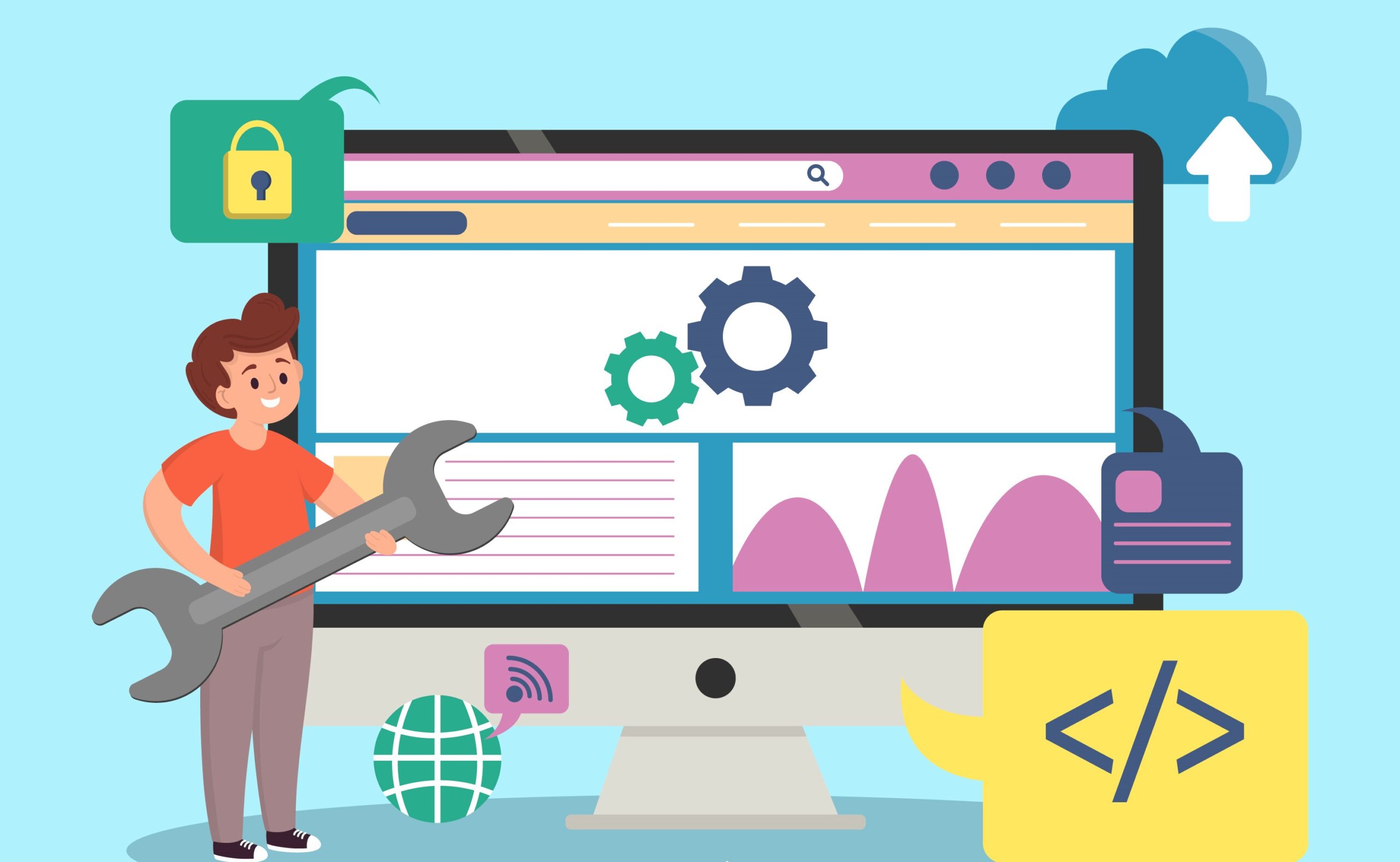
In the dynamic field of web application development services, businesses face pivotal decisions about how to engage users effectively. Two prominent approaches are Progressive Web Apps (PWAs) and Native Apps.
Each offers distinct advantages and challenges, making it crucial to understand their differences to make an informed choice.
Understanding Progressive Web Apps (PWAs)
Progressive Web Apps are web applications that utilize modern web technologies to deliver an app-like experience directly through a web browser. They are designed to be fast, reliable, and engaging, offering features such as offline capabilities, push notifications, and home screen installation without the need for an app store.
Key characteristics of PWAs include:
- Cross-Platform Compatibility: PWAs function across various devices and operating systems, ensuring a consistent user experience without the need for multiple codebases.
- Offline Access: Through service workers, PWAs can cache content, allowing users to access the app even without an internet connection.
- Automatic Updates: PWAs update automatically in the background, ensuring users always have the latest version without manual intervention.
- Cost-Effective Development: Developing a single PWA can be more economical than creating separate native apps for different platforms.
Exploring Native Apps
Native Apps are applications developed for specific platforms, such as iOS or Android, using platform-specific programming languages like Swift or Kotlin.
They are installed directly onto a device and can leverage the full capabilities of the device’s hardware and operating system.
Advantages of Native Apps include:
- Enhanced Performance: Native apps can deliver superior performance and responsiveness, as they are optimized for the specific platform.
- Access to Device Features: They have full access to device hardware and software features, such as GPS, camera, and sensors.
- App Store Presence: Native apps are available through app stores, providing a trusted distribution channel and potential for higher visibility.
- User Engagement: Features like push notifications and background processes can enhance user engagement and retention.
However, native apps also present challenges:
- Higher Development Costs: Developing separate apps for different platforms can be resource-intensive and costly.
- Maintenance Overhead: Each platform requires its own updates and maintenance, increasing the workload for developers.
- Approval Processes: Apps must undergo approval processes in app stores, which can delay updates and releases.
Comparative Analysis: PWA vs. Native App
|
Feature |
Progressive Web App (PWA) | Native App |
|
Development Cost |
Lower (single codebase) | Higher (multiple codebases) |
| Performance | Good, but may lag behind native apps | Superior, optimized for specific platform |
| Offline Access | Limited (depends on caching) | Full, with local data storage |
| Device Integration | Limited access to hardware features | Full access to hardware features |
| App Store Presence | Not required | Required for distribution |
| Updates | Automatic and seamless | Manual updates through app stores |
| User Experience | Consistent across platforms |
Platform-specific, optimized experience |
When to Choose a Progressive Web App
Opting for a PWA is advantageous when:
- Budget Constraints: Limited resources make developing multiple native apps impractical.
- Broad Reach: Aiming to reach users across various devices and platforms without the need for app store distribution.
- Frequent Updates: Requiring the ability to roll out updates quickly and efficiently without going through app store approval processes.
- Offline Functionality: Providing basic offline capabilities to users, such as viewing previously loaded content.
When to Choose a Native App
A native app is preferable when:
- Performance Demands: Requiring high-performance applications, such as gaming or resource-intensive tasks.
- Device Feature Utilization: Needing extensive use of device-specific features like camera, GPS, or sensors.
- App Store Visibility: Seeking to leverage app store ecosystems for distribution and user acquisition.
- User Engagement: Aiming for deep user engagement through features like push notifications and background processes.
Wrapping it Up!
The decision between a Progressive Web App and a Native App hinges on specific business needs, target audience, and resource availability.
PWAs offer a cost-effective and efficient solution for broad reach and quick updates, while Native Apps provide superior performance and access to device-specific features.
By carefully evaluating these factors, businesses can choose the approach that best aligns with their objectives and user expectations.
For more updates, read more on ezine articles.







